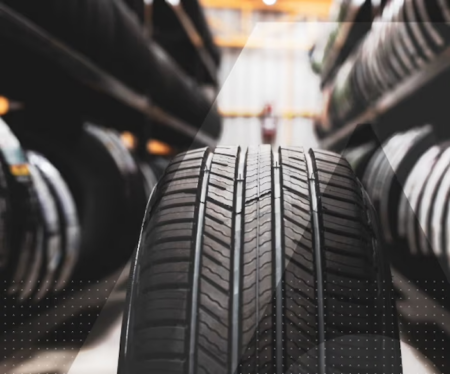A collaboration between Sabic, Kringlan Composites and other industry partners is underway to advance the development of the world’s first thermoplastic composite wheel. This collaboration has been brought about to hopefully leverage SABIC’s proprietary ULTEM resin, and Kringlan’s proprietary three-dimensional composite design capabilities.
“This ongoing collaboration with Kringlan is an excellent example of how we identify innovative companies with unique technology to collaborate on developing industry for the benefit of the downstream industries that we serve,” said Thierry Materne, vice president, technology and innovation, for Sabic’s Innovative Plastics business. “Combining Sabic’s high-performance ULTEM resin with Kringlan’s proprietary three-dimensional manufacturing technology for carbon composites offers OEMs the opportunity for reduced weight, lower production costs, as well as material recyclability.”
To advance the wheel’s development, Kringlan and SABIC have been working on a prototype for a German OEM. The design of the part also provides the flexibility for the wheel to be mounted with traditional metal spokes, or spokes with carbon fiber-reinforced ULTEM resin composites, potentially enabling even greater weight savings.
The full composite wheel design complies with current standards set for metal wheels by the German testing institute TüV, enhancing the opportunity to work with additional global automotive OEMs for the prototyping of lightweight wheels according to their specific design and specifications.
“This new material technology resulting from the ongoing collaboration between Kringlan and Sabic has the potential to be a breakthrough for OEMs in multiple industries,” said Steffen Heinecke, CEO of Kringlan. “Sabic’s support is critical to the success of this project. In addition to their world-class material technology, they provide application and secondary operation expertise. Already, in the automotive industry alone, several OEMs have shown interest in the carbon composite wheel application, which can enable the reduction of CO2 from a passenger car by two to three percent.”




